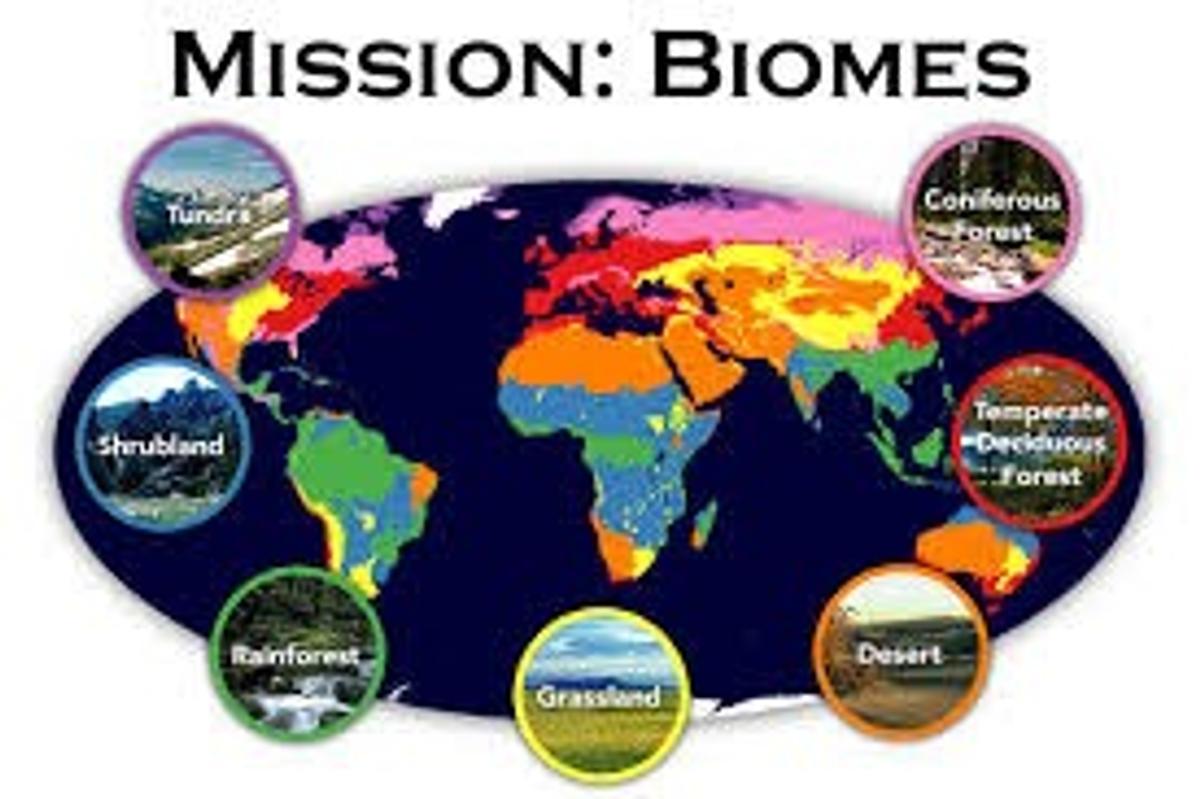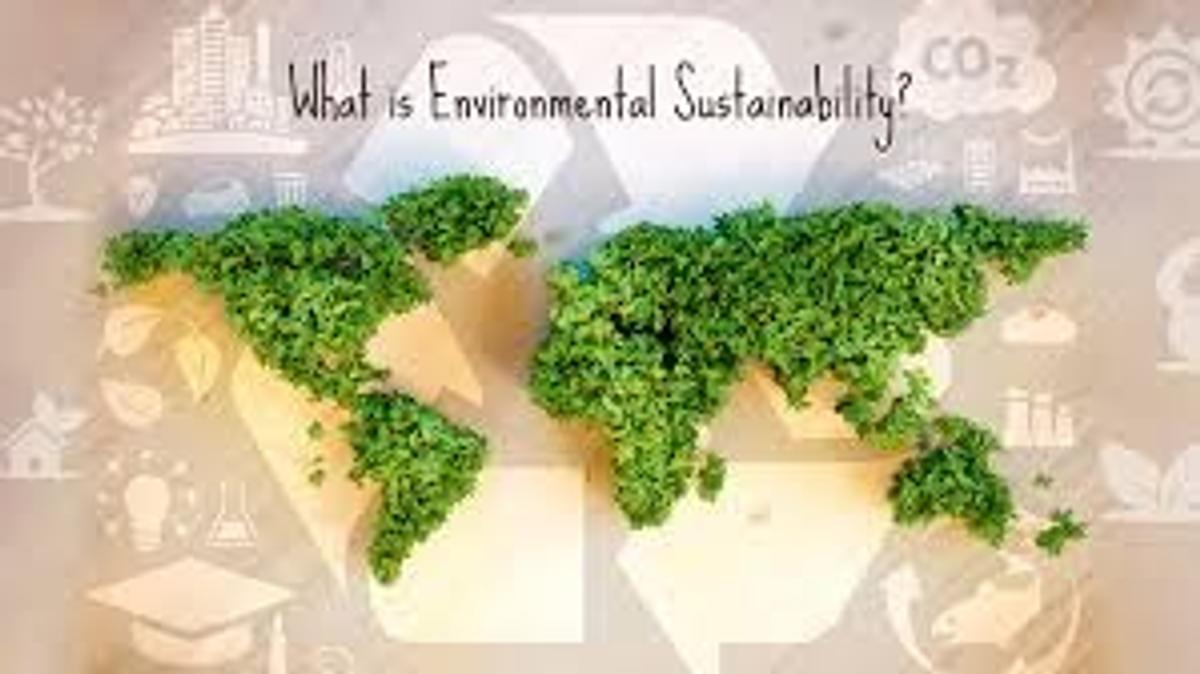Geography (Mandatory)

Geography (Mandatory)
Course Description
Geography is the study of places and the relationships between people and their environments. It is a rich and complex discipline that integrates knowledge from natural sciences, social sciences and humanities to build a holistic understanding of the world. Through the study of Geography, students are encouraged to question why the world is the way it is, reflect on their relationships with and responsibilities for the world and propose actions designed to shape a socially just and sustainable future.
Geography emphasises the role, function and importance of the environment in supporting human life from local to global scales. It also emphasises the important interrelationships between people and environments and the different understandings of these relationships.
Through an inquiry approach students explain patterns, evaluate consequences and contribute to the management of places and environments in an increasingly complex world.
Engagement in fieldwork and the use of other tools including mapping and spatial technologies are fundamental to geographical inquiry.
What will students learn about?
SUSTAINABLE BIOMES
Key Inquiry Questions;
- What are the main characteristics that differentiate the world’s biomes?
- How do people use and alter biomes for food production?
- Can the world’s biomes sustainably feed the world’s population?
- What strategies can be used to increase global food security?
Students examine the physical characteristics and productivity of biomes. Students examine the correlation between the world’s climatic zones and spatial distributions of biomes and their capacity to support food and non-food agricultural production. Students analyse the impact humans have on biomes.
CHANGING PLACES
Key Inquiry Questions
- Why has the world become more urbanised?
- How does migration impact on the concentration of people into urban places?
- How does urbanisation change environments and places?
- What strategies are used to manage environmental change in urban places to enhance sustainability?
Students discuss the reasons for internal and international migration patterns and the consequences of population movements, including the increased concentration of populations within countries. They discuss the reasons for internal and international migration patterns and the consequences of population movements.
ENVIRONMENTAL CHANGE AND MANAGEMENT
Key Inquiry Questions
- How do environments function?
- How do people’s worldviews affect their attitudes to and use of environments?
- What are the causes and consequences of change in environments and how can this change be managed?
- Why is an understanding of environmental processes and interconnections essential for sustainable management of environments?
Students develop an understanding of the functioning of environments and the scale of human induced environmental change challenging sustainability. They explore worldviews influencing approaches to environmental use and management.
HUMAN WELLBEING
KEY INQUIRY QUESTIONS
- What makes human wellbeing a geographical issue?
- How can the spatial variations in human wellbeing and development be measured and explained?
- What are the economic, social and environmental impacts of variations in development and human wellbeing?
- How do governments, groups and individuals respond to inequalities in development and human wellbeing for a sustainable future?
Students examine the nature of, and differences in, human wellbeing and development that exist within and between countries. They describe ways of measuring human wellbeing and development to reveal spatial variations and develop explanations for differences.



